SMSL A300 is the latest small and affordable integrated amplifier in SMSL’s line. I reviewed the great DA-9 first, then the AO200 after it, but the A300 is cheaper than both of these and, believe it or not, better sounding. Revealing such a fact this early in the review might not be the smartest idea ever, but I’m not a particularly calculated person. Having that in mind, let’s see what A300 is all about.
Build and Features
With its really small footprint, the A300 looks and feels more like a desktop product and not a fully-grown amplifier meant to drive your living room speakers. It’s lightweight too, so don’t go hooking heavyweight HiFi cables to it because that might pull it off the shelf. But in all honesty, if you have such cables you’re probably not going to buy this amplifier in the first place. A300 is a budget model aimed at beginners, or simply audiophiles that didn’t go crazy like some of us did. So do I see a real problem with this small and lightweight form factor? Not really.
Now moving to the connectivity, we find two analog line inputs and both of them are single-ended RCAs. That’s not all as this amplifier has a digital section too, and you can connect to it through a USB port or by using Bluetooth wireless protocol. Now moving to the outputs, there’s nothing fancy about two pairs of speaker binding posts. What’s much more interesting here is the line-level subwoofer output in form of an RCA connector. A300 can use a high-pass filter for the main set of speakers, sending the lower frequencies to the subwoofer. The cutoff frequency is set at 100Hz, and that’s not adjustable.
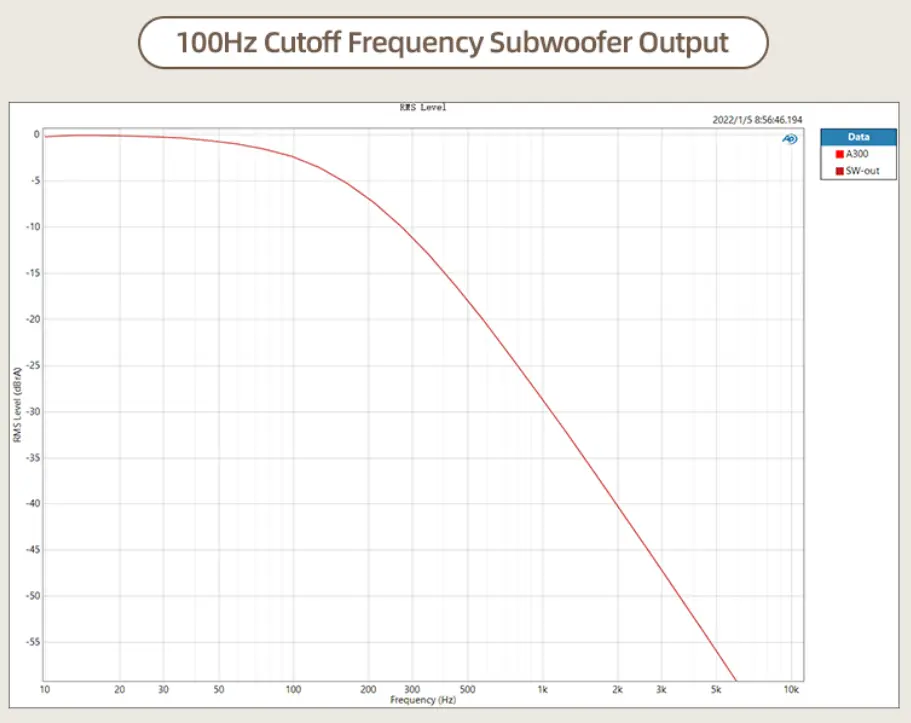
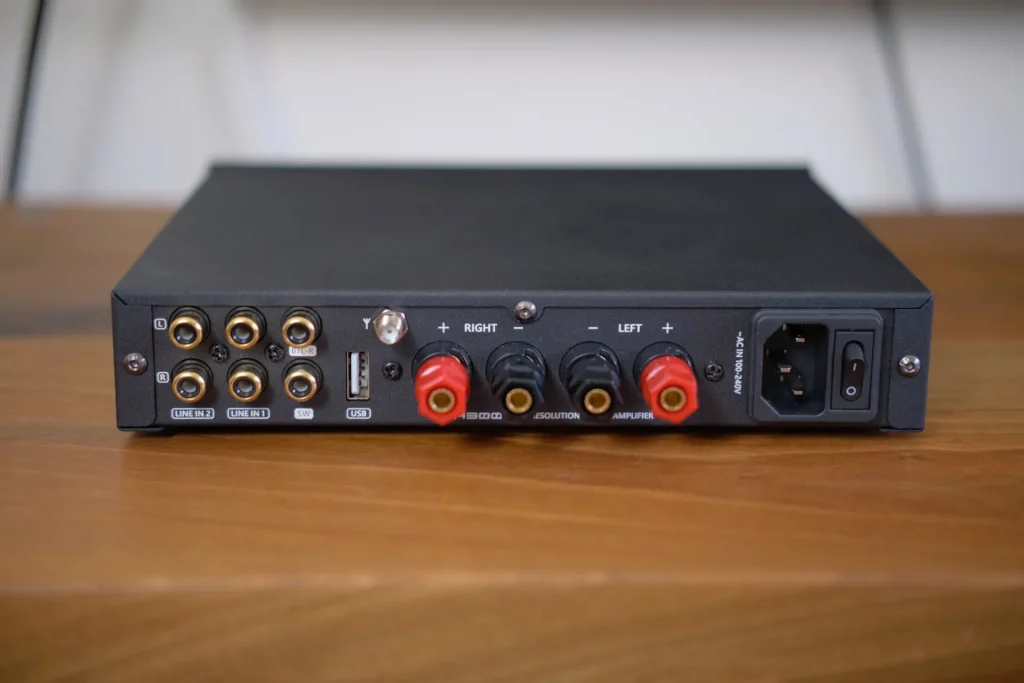
Finally, if you take a look at the RCA jack sitting just above the SW out, you’ll see a marking that says BTL-R. This one is used to connect two A300 amplifiers and make each of them work in a bridged mode as a single-channel amplifier – outputting twice the power. This is a neat way of upgrading your power reserves down the road if there’s a need for it. That said, since I had only one unit during this test, I was unable to test this function in any way.
Now if we move to the front of the unit, you’ll find the SMSL’s usual deal – a volume knob, a few command buttons, and a small display. The last one is not only a fancy way of showing you the current volume level during the operation but it’s also used for browsing the menus. The most interesting feature in there is the ability to choose one of the EQ presets, and the SDB preset is particularly interesting. Typical tone controls that let you alter bass and treble response are also onboard. While audiophile purists may smirk at these, tone controls can be valuable allies when trying to tailor the sound to your preferences without changing any of your components.
In the end, SMSL claims a pretty high power of 85 Watts into 8 Ohms and 165 Watts into 4 Ohms. I have no measuring gear to test these claims, but I’m sure someone will put these claims to the test sooner or later. For now, let’s put it to real use and do some music listening.
Testing
SMSL A300 was tested with several speakers including the great Triangle Borea BR03, but also the less sensitive and more power-hungry KEF LS50. I can say that this tiny amp held its own without true signs of stress. Anything from lower evening volumes to louder daily listening did not present a problem to the amp. Only when I tried to squeeze real-life volume levels (have you ever heard an unamplified drum set in a room?) did the A300 start to hit its limits and compress the sound. That’s OK however since only the beefiest of amplifiers can pass that test without doing the same. Just keep in mind that this is not your party amp, especially if you’re planning to hook it to medium to low-sensitivity speakers.
Sound (Analog Inputs)
Once the music started playing, SMSL A300 proved itself to be more than capable. Its sound signature is very neutral. The bassline is present, well-controlled, and revealing. The bass coming from stringed instruments vibrates and offers that stringy texture as it should. This is not given and most budget amplifiers will simply gloss this texture over and drown it in the sea of warm and rounded bass that’s as slow to stop as it is to start. Not the A300 whose bassline is firm and nimble. The midrange is once again dead neutral and informative. Plenty of details are revealed in this critical region, nothing is sweetened and warmed, but even more importantly there are no digital nasties to be heard. This means that the A300 doesn’t sound oversharpened, edgy, or unnatural in any way. No, there’s even a dose of softness in the midrange that shows just how mature class D has become over the last few years. I won’t talk about the highs for too long because they share the character with the midrange – well-extended and informative, but not tacky in any way. Frequency response from top to bottom is well blended and there are no parts that will protrude over the sound as a whole.
When it comes to dynamics, the A300 is not capable of pulling big dynamic swings, but I have yet to encounter an integrated near this price that can. On the other hand, a small SMSL is much more skilled when it comes to microdynamics. It presents us with a quick and nimble sound that has no trouble following the speediest of rhythms. Because of this, the A300 sounds lively and resolving at all times.
Finally, if we focus our attention on the soundstage, the A300 is a pretty decent performer. All tones are clean and well separated so you can follow even more complex songs with ease. Sure, you can always confuse it with a full-sized classical orchestra, but that kind of music is the most difficult to tackle and no amp in this class would fare any better. Aside from that, A300 proved to be a true allrounder that’s not too picky about music genres. The soundstage itself is decently spacious and airy.
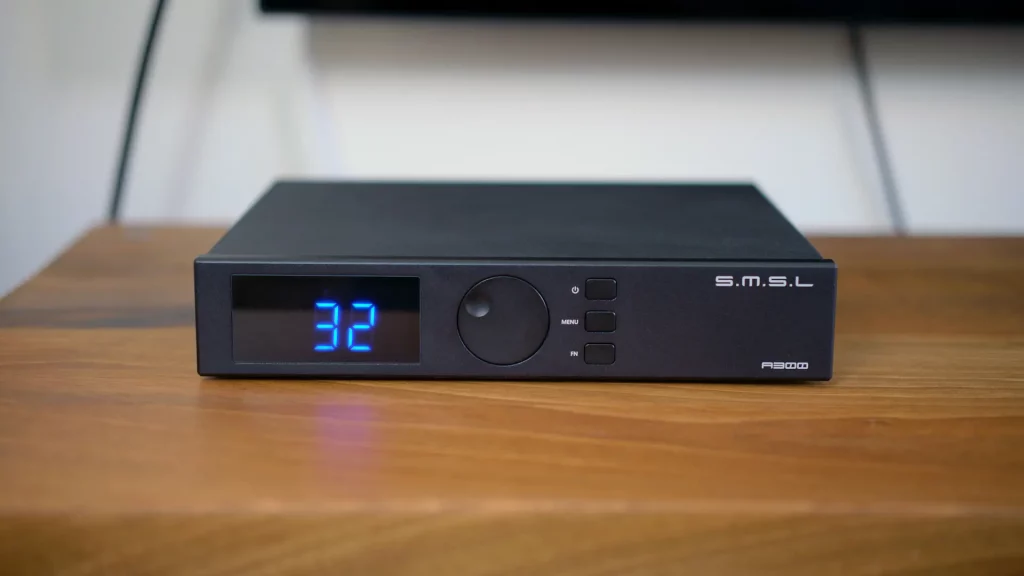
Sound (Digital Inputs)
The Digital section of this device is not on the same level as the amplification section, and that goes for both USB and BT inputs. Internal DAC is just not resolving enough, it suffocates details and sounds congested. It’s OK for non-critical listening or while you prepare your budget for a decent external DAC, but not a good long-term solution in my opinion. I will not take any points from A300 because of this. Its analog section is the star of the show and good enough to stand on its own, so the A300 would get the exact same score even if it didn’t feature a digital section at all.
Comparisons
SMSL DA-9 is a slightly pricier model featuring balanced inputs that are lacking on the A300. At the moment of its arrival, I was really surprised by the clarity, soundstaging, and overall sound quality of this amplifier. Now I’m even more surprised to say that A300 outperforms it in most regards. It sounds more full-bodied and tonally more correct. DA-9 in a direct comparison sounds a bit thin and analytical, with an equally warm but less controlled bassline. A300 simply sounds fuller, more alive, and more springy on its rhythmic feet.
Topping PA5 was an improvement over the DA-9 to my ears, bringing more details and clarity but it was also leaner and more analytically inclined. A300 pushes the soundstage a bit closer to the listener, so you might say that PA5 has a deeper soundstage. That said, every tone sounds more present in the room, more palpable, and simply more lifelike with A300, while not losing any of the fine details. Once again, I find A300 to be the winner and the more enjoyable listen of the two.
NAD D3020 V2 is put here as a well-known budget amplifier from a western brand. This one sounds much thicker in the midbass, it spills through the midrange and makes the whole sound very warm. Fine detailing suffers because of this and NAD will happily haze over tone edges and quick transients. A300 is much more resolving of details, tonally more neutral, and quicker on its feet. If you or the rest of your system (lean-sounding speakers for example) are not heavily biased towards bass-heavy and thick-sounding amps… A300 offers much higher fidelity to the source.
Rega Brio is four times the price and put here only to put A300 limits into perspective. Rega Brio is another warmer and fuller sounding amp, but much more skilled than just mentioned NAD. Rega Brio sounds more full-bodied than A300, with tones that are more lifelike and palpable. Brio is also the more dynamic sounding of the two even though it has less power on paper. I find A300 to be more neutral tonally, but that comes with flatter and dynamically more compressed sound. You might not notice that when listening to A300 in isolation, but when hooked immediately after Brio, it shows. That doesn’t deduct much from the success that A300 is given its price. As I said, this particular comparison was put here just to find the limits of SMSL’s amplifier.
Conclusion
Instead of the usual summary, I’ll just share a line of thoughts that I had one day. I wondered what would happen if I were to hook SMSL 300 to a good set of reasonably sensitive speakers. But instead of letting people see it, I’d hide it inside a bigger and more luxurious-looking amplifier shell. Then I would ask a few friends to listen to its sound and guess the price. I doubt that anyone would have guessed it’s priced at just 200 dollars.
| SMSL A300 – CHARACTERISTICS |
|
Inputs: USB, RCA, BT |
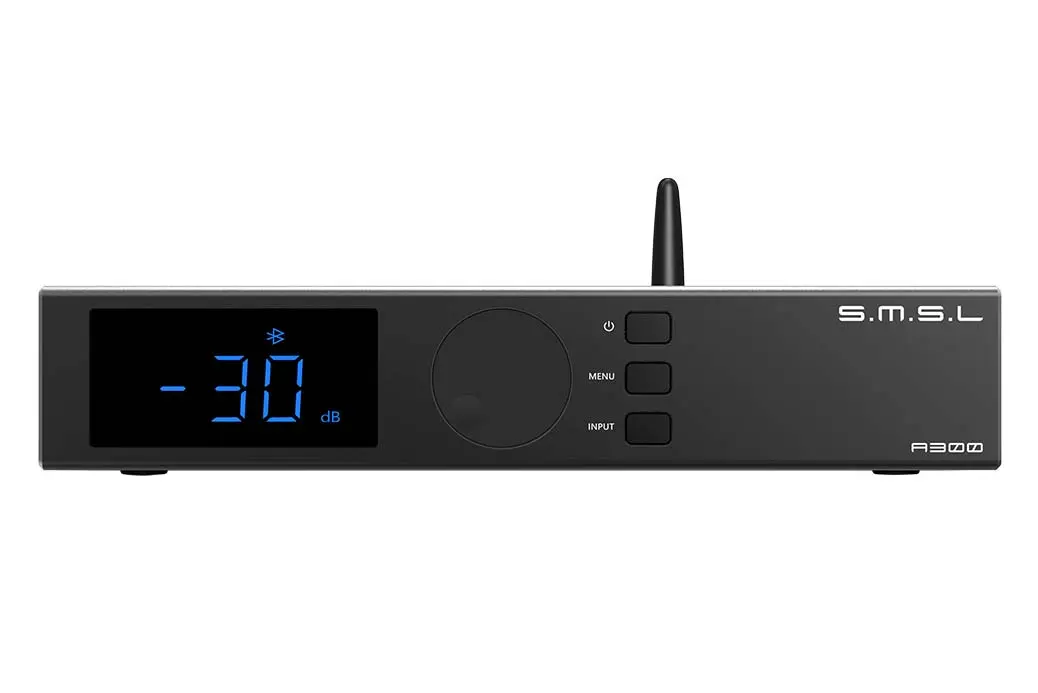

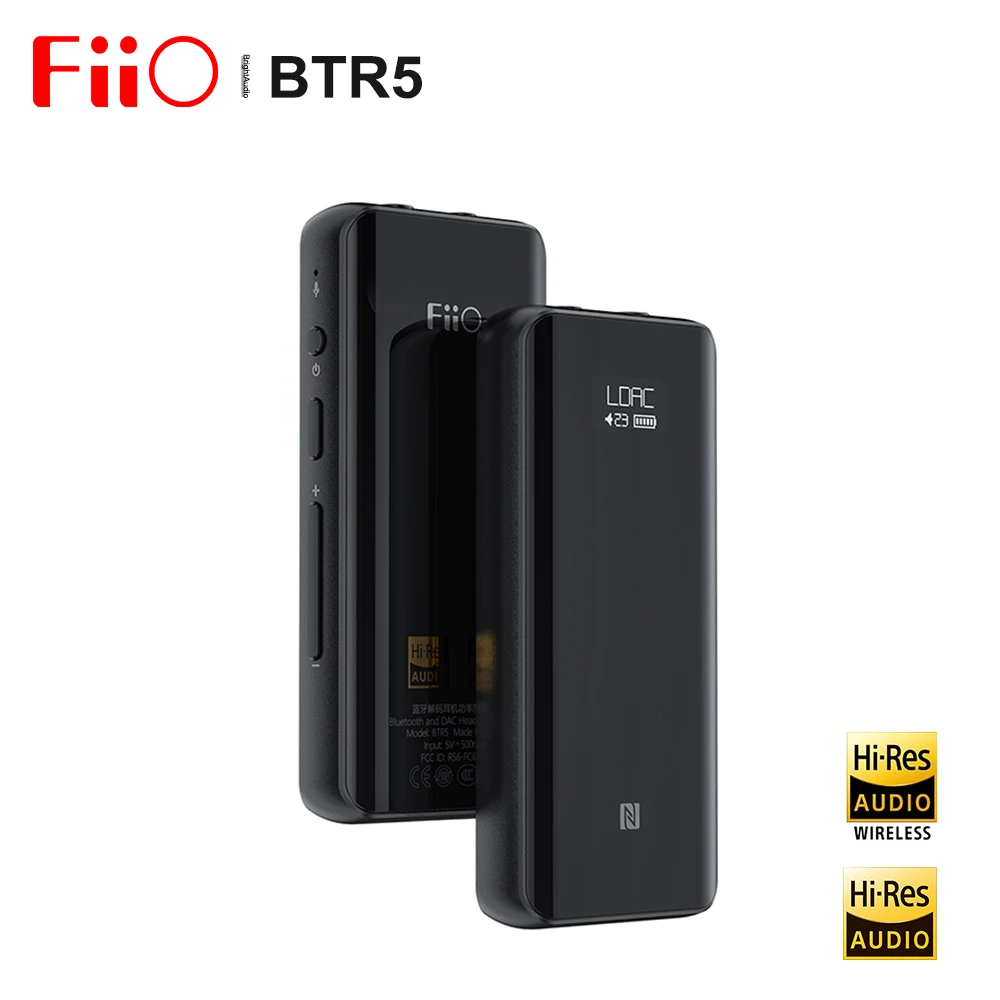



Greetings Mr iiWi, 1st I want to thank you for your reviews and honest feedback on the device/s you review. I recently purchased the SMSL A3OO Amp. after looking at your review. I see where the A300 is bridgable, How do you connect two A300 together? And do you NEED to have 2 separate Subs to have the “High pass filter mode” ? One Sub per Amp..? THX…
Very good review, thank you. For a companion DAC, is SMSL D300 the correct or more reasonable choice, considering they should match well in appearance and size, or do you suggest something better, and what?
SMSL calls the A300 a power amplifier but you describe it as a integrated amplifier. I’m confused! Does that mean I cannot connect it to my HK AVR receiver? Can you clarify this for me?
If it has volume attenuation and any kind of controls then it’s an integrated amplifier. Power amplifiers have one button, to be turned on, fixed gain, and no controls whatsoever. It is standard terminology accepted a long time ago that Chinese companies simply don’t follow, or don’t know to translate properly to English.
Regarding your HK AVR, I’m not sure what kind of connection you had in mind and why, but if you want you can always crank the volume on A300 to the max and control it from your AVR, which will leave A300 at its maximum gain to act as a power amp.
Hey! I got an AO200 and Polk r200 speakers, will swapping my amplifier with A300 be upgrade in any point?
Thanks for the informative review. I’ve bought one and I’m very happy with it. I also have a Rega Brio in my main system and I agree with your comparison between them.
——-
One inconsistency. You mentioned:
The cutoff frequency is set at 100Hz, and that’s not adjustable.
The manual states:
Cutoff frequency (in high pass mode) ………………………………………………..50Hz
picked one up..a definite upgrade from my Sabaj A10a..gave the sabaj to my daughter so all is good
Hi iiWi,
Do you think that a slack of DAC SMSL SU-1 plus amplifier SMSL A300 plus speakers ELAC Debut 2.0 B5.2 would be a good pair?
Thank you!
I think it would be a very nice match, at least to my taste.